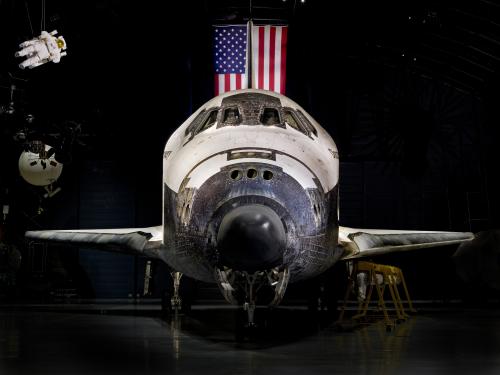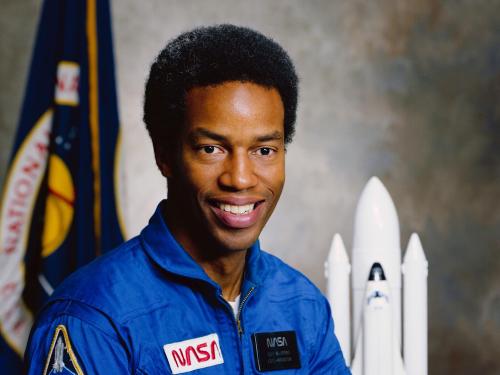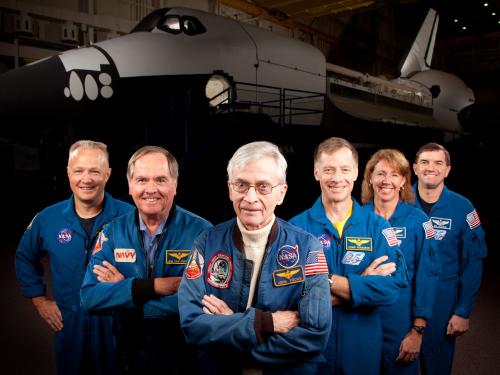Bio
Dr. Jennifer Levasseur received her BA in history from the University of Michigan in 1999, an MA in American Studies from George Washington University in 2002, and a PhD in history at George Mason University in 2014. Her book, Through Astronaut Eyes: Photography from Early Human Spaceflight (Purdue University Press, July 2020), looks at the cultural significance of astronaut photography. She serves as the responsible curator for the Museum's astronaut cameras, chronographs, the Space Shuttle, and International Space Station programs.
Prior to her work at the National Air and Space Museum, she worked as a historic interpreter at George Washington's Mount Vernon. She started her Smithsonian career with an internship in the National Portrait Gallery's Department of Photography. There, she cataloged photographs acquired through donation and developed strategies for recording portrait information in the museum's electronic database.
In over 20 years at the Museum, Jennifer has worked on a variety of projects, including artifact loans, the biennial Mutual Concerns of Air and Space Museums conference, and as a department representative on digital projects. She curated the 2015 spacewalk anniversary exhibit Outside the Spacecraft: 50 Years of Extra-Vehicular Activity, co-curated One World Connected, and is working on a new human spaceflight exhibit.
Media Inquiries
For media inquiries, please contact us via email or call 202-633-2370.
Contact Information
levasseurj@si.edu
(202) 633-2429
Related Links
Jennifer Levasseur CV [PDF Download]










